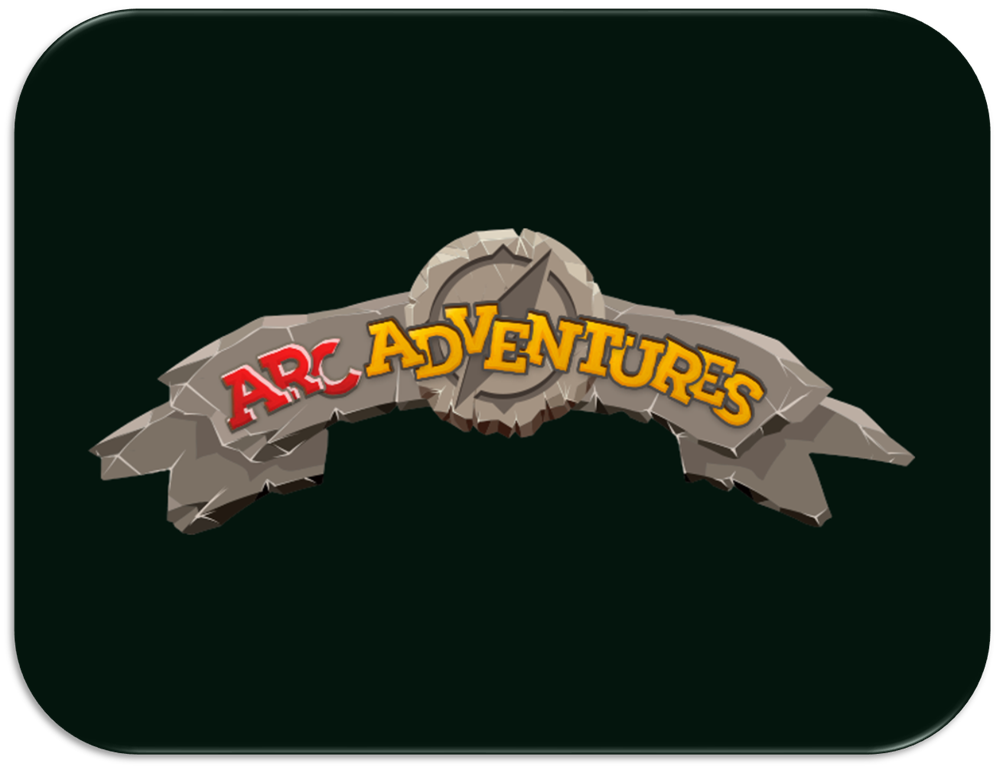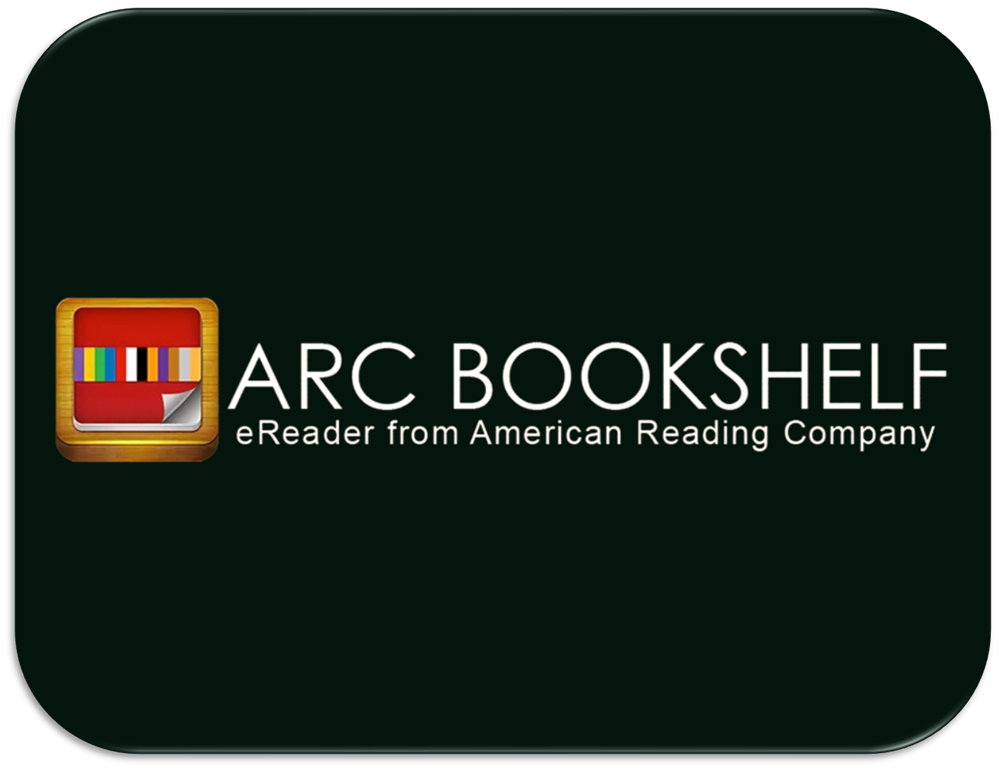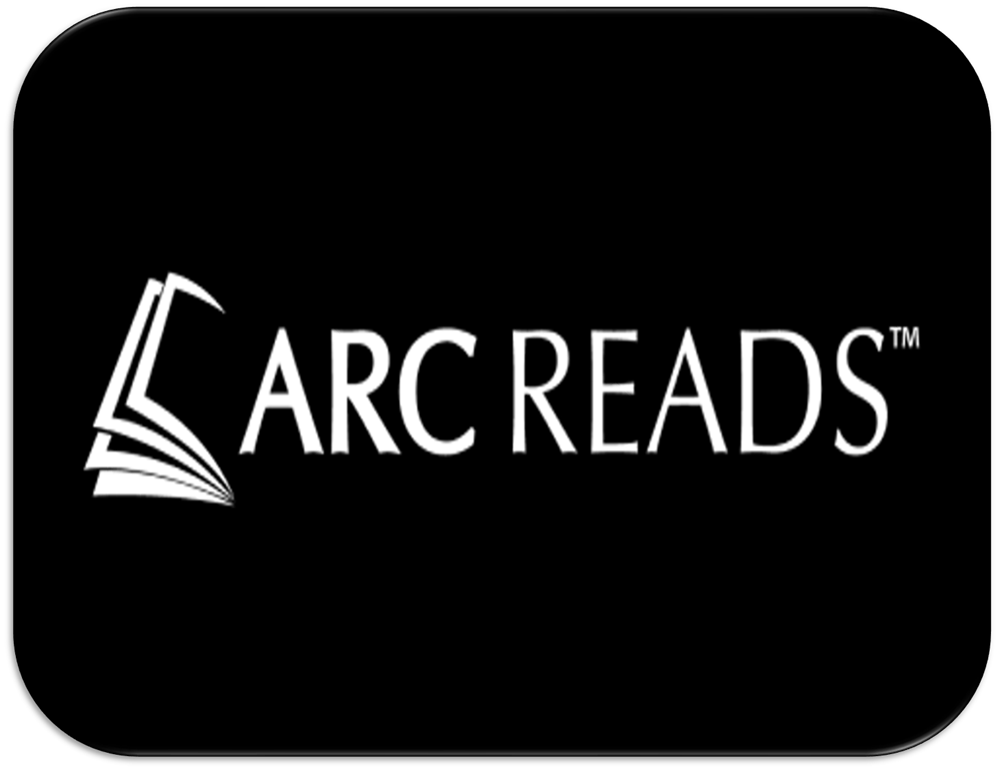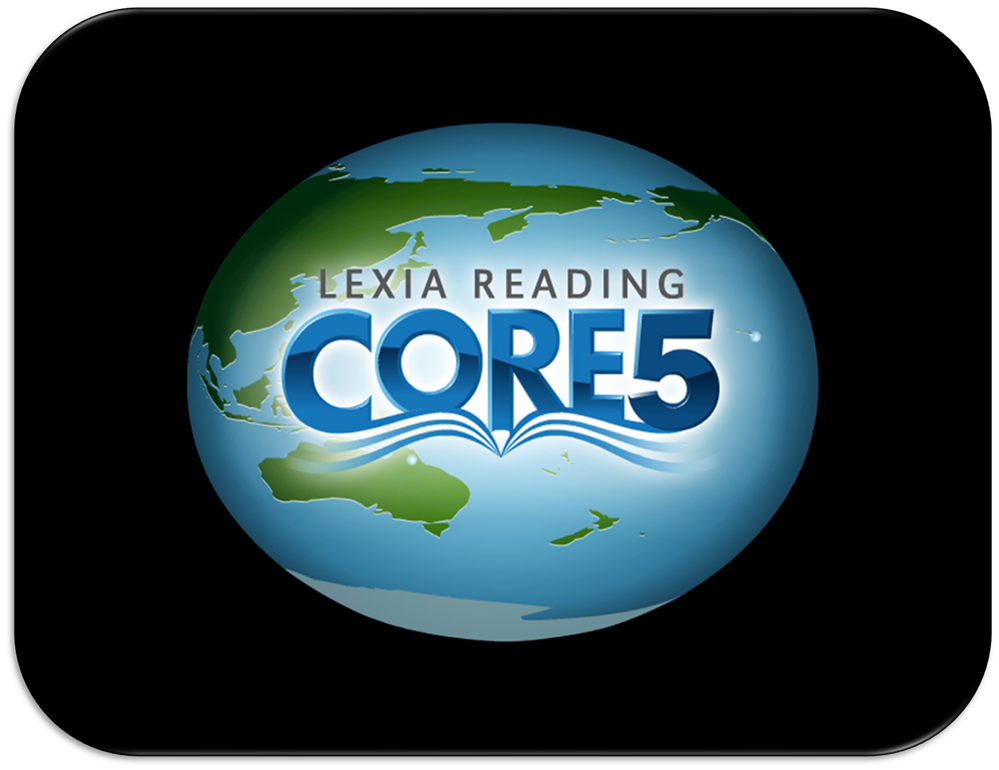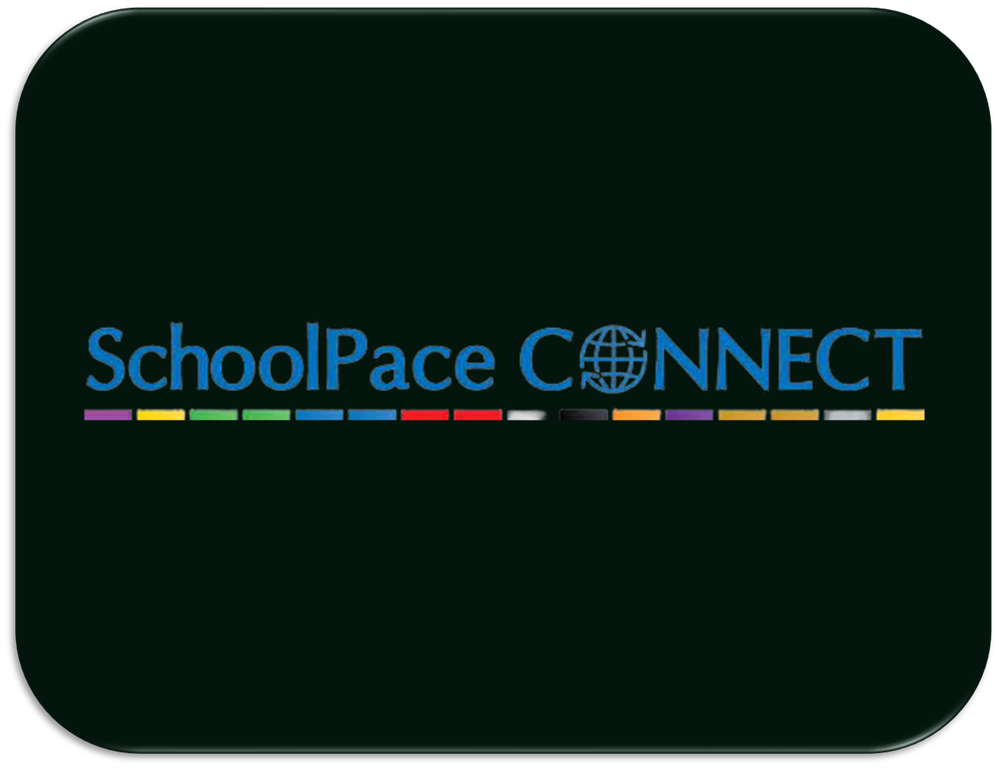- School District of Beloit
- 1st Grade - Literacy & Language Arts
1st Grade - Literacy & Language Arts
-
The School District of Beloit literacy curricula are highly rated and aligned to Wisconsin state English Language Arts standards. Our vision for literacy learning is to build strong reading foundational skills and grade-level understandings for all students through culturally relevant and responsive instructional practices, strategies, and resources to meet each learner's language and literacy needs. Through rigorous and engaging instruction in the domains of reading, writing, speaking, listening, and thinking, we will develop students' language abilities so that they can analyze, interpret, summarize, and synthesize information from multiple sources and perspectives to make meaning of the complex world around them. By nurturing strong home, school, and community literacy partnerships, the School District of Beloit’s literacy programs will nurture the joy of reading and a strong, lifelong literacy identity within each learner so that they may excel in their pursuit of college, career and community opportunities.
1st Grade Literacy & Language Arts Units
-
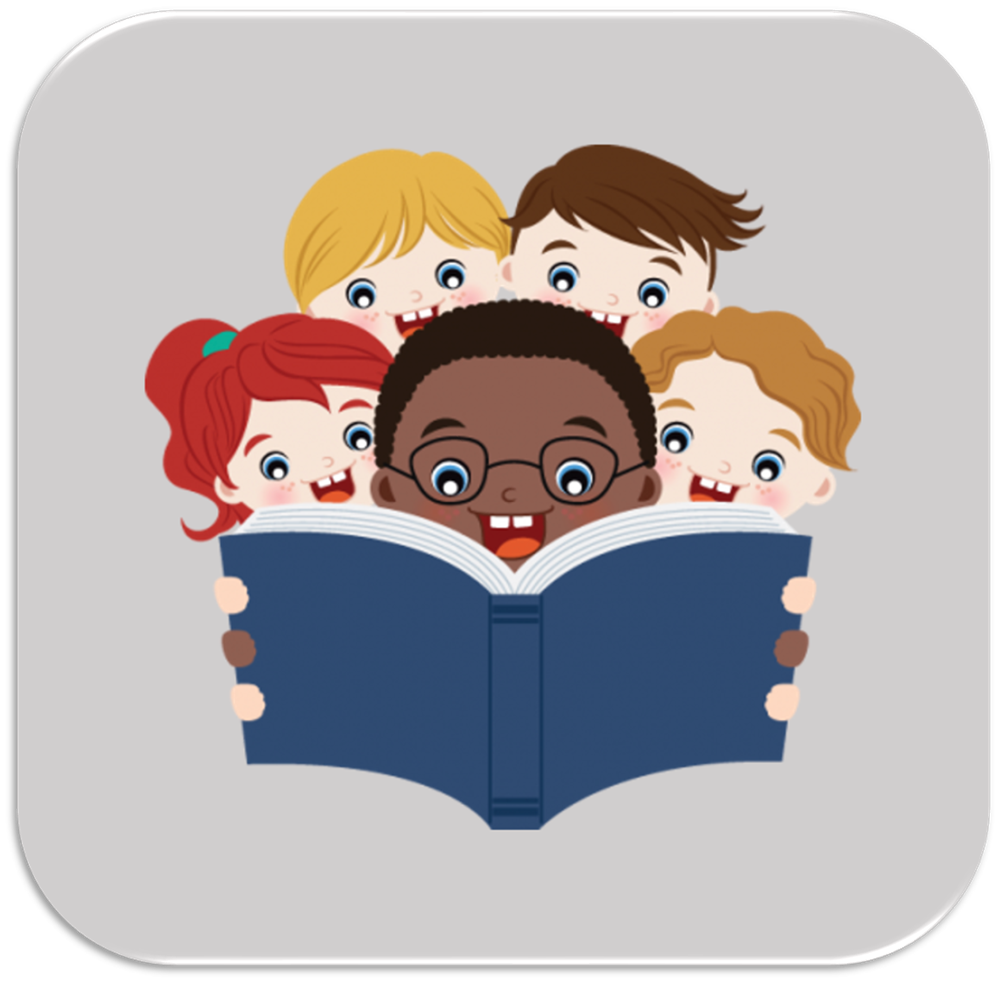
ARC Core/Literacy Lab
Students will work on establishing good reading habits and engage in large and small group discussions to practice reading comprehension skills.
-
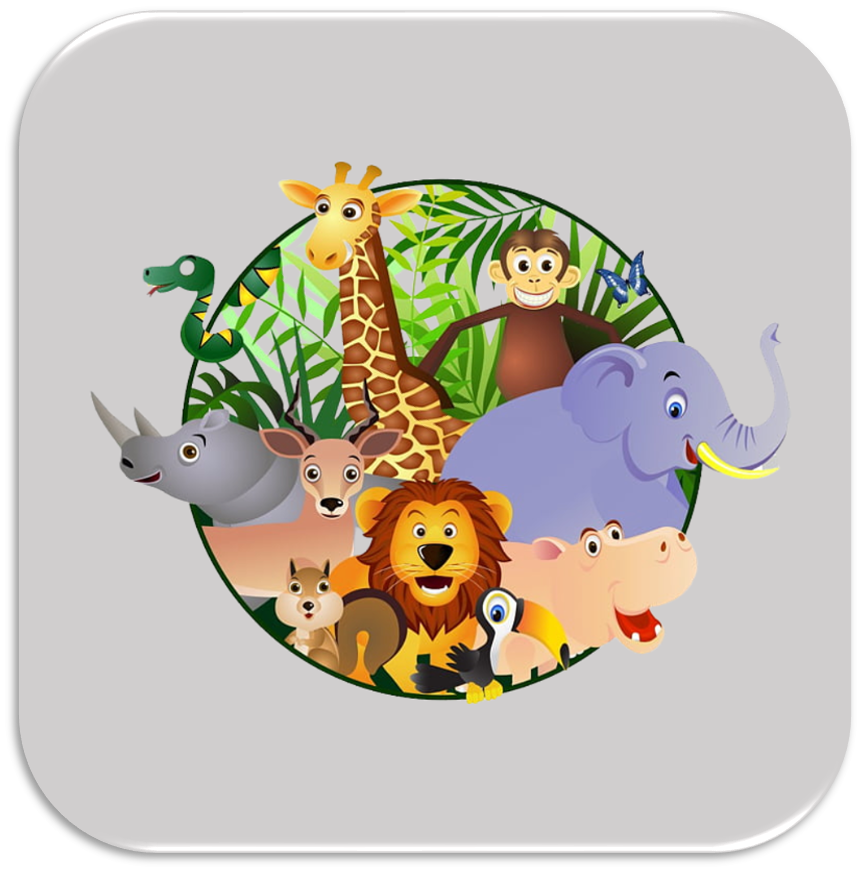
Informational Research Lab/Wild and Endangered Animals
Students will be immersed in learning/research about an animal of their choice. At the end o f this unit, students will be able to publish final projects based on 7 research questions.
-
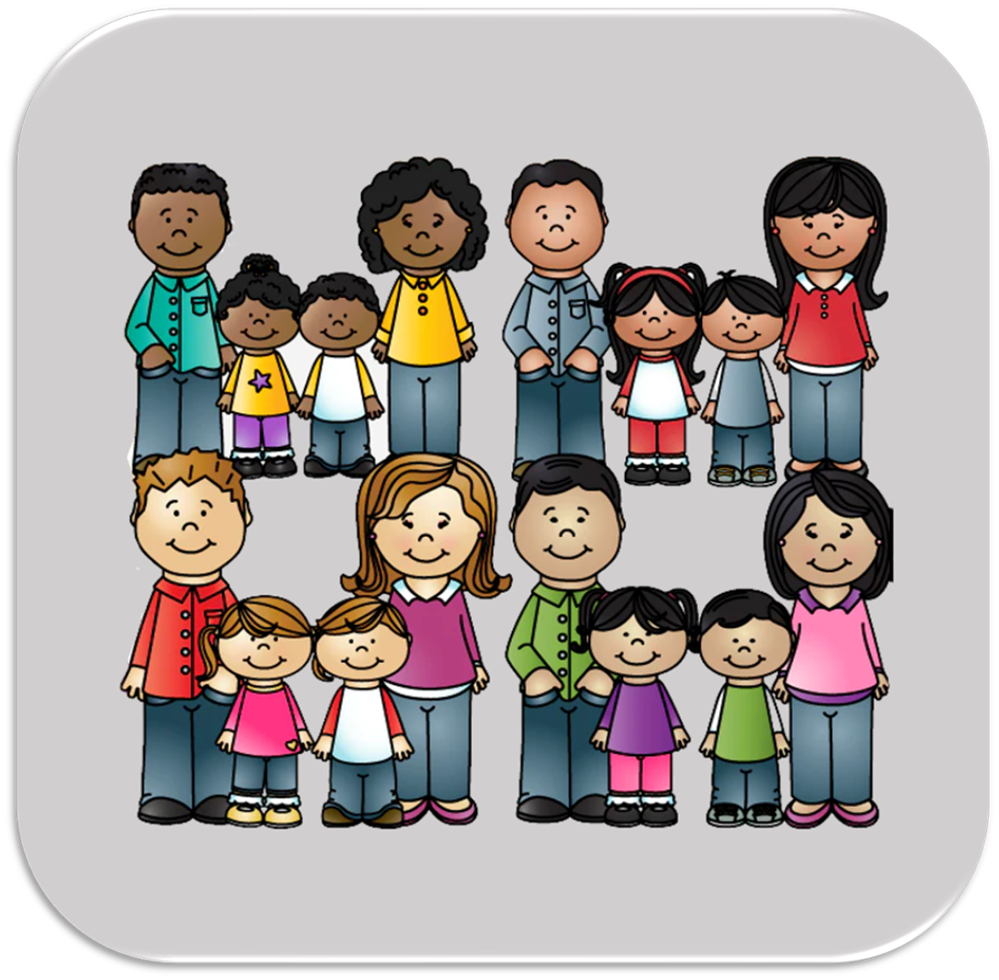
Literature Genre Lab/Family Stories and Families
Students will explore the engaging Family Stories genre by reading from a range of high-quality books. Students will read about families from different times and places, all uniquely shaped by their relationships, culture, and experiences. They will closely examine the ways in which the author explores the idea of family and community through plot, setting, and character. Students will analyze how conflicts and values impact the family and other characters in the story as well as the morals which can be drawn from the experiences of those characters. Then, they will write a narrative piece encompassing all of the details of the unit.
-
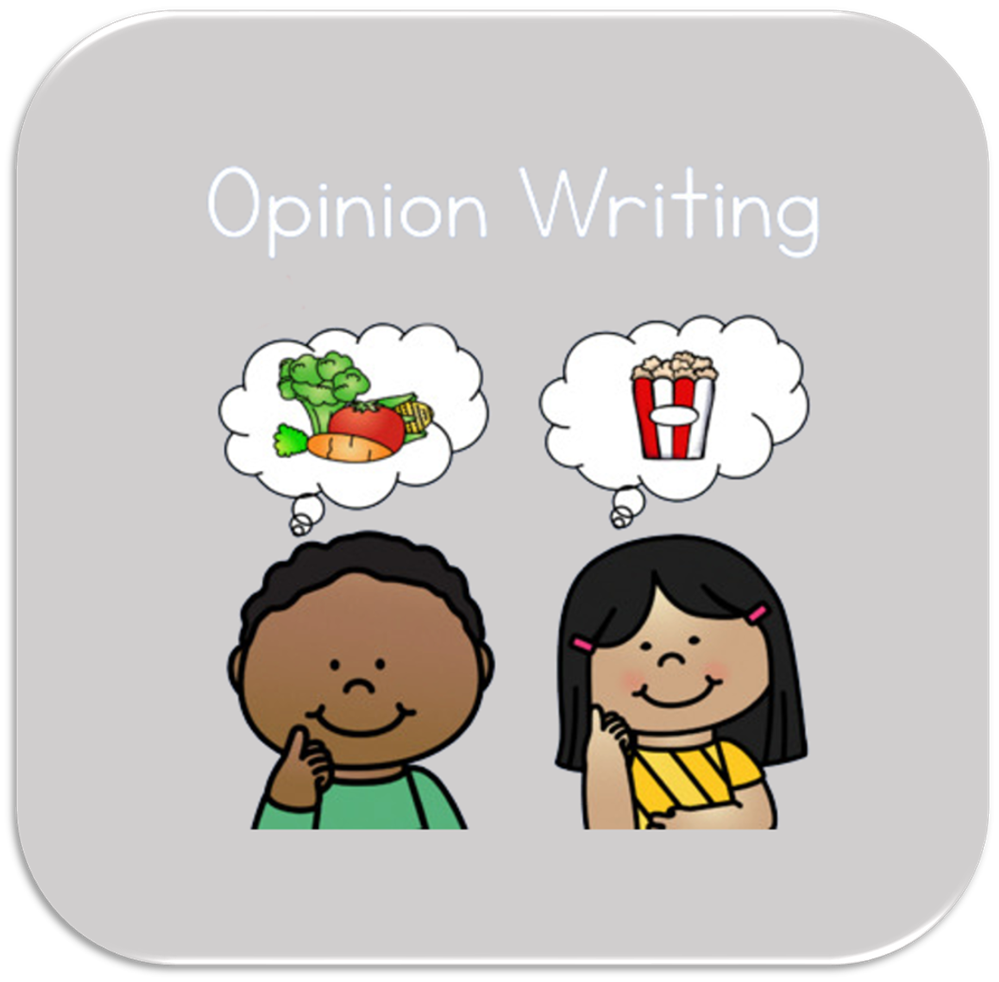
Argument/Opinion Research LabPlants
Students will use the routines for reading, writing and thematic inquiry form prior units while constructing research-based opinions both oral and written. As the class dives into plants, students will become an inquiry research community as they read, write, question, debate, and create knowledge together. They will also publish a series of well-researched opinion pieces for a meaningful audience.
By the end of 1st Grade, students will...
-
- recognize the distinguishing features of a sentence (e.g., first word, capitalization, ending punctuation).
- orally produce single-syllable words by blending sounds (phonemes), including consonant blends.
- decode and encode regularly spelled one-syllable words (e.g., cat, fox, bet, cup, fit, etc.).
- recognize and read grade-appropriate irregularly spelled words.distinguish long from short vowel sounds in spoken single-syllable words.
- isolate and pronounce initial, medial vowel, and final sounds (phonemes) in spoken single-syllable words.
- segment spoken single-syllable words into their complete sequence of individual sounds (phonemes).
- add, delete, or substitute individual sounds (phonemes) in simple one-syllable words to make new words.
- know final -e and common vowel team conventions for representing long vowel sounds (Examples include but are not limited to: ai, ay, oa, ea, ee, ie, ue, ow).
- use knowledge that every syllable must have a vowel sound to determine the number of syllables in a printed word.
- decode two-syllable words following basic (known) patterns by breaking the words into syllables.
- read words with inflectional endings (i.e., -s, -ed, -ing).
- read emergent-reader texts with purpose, understanding, and sufficient accuracy and fluency to support comprehension.

